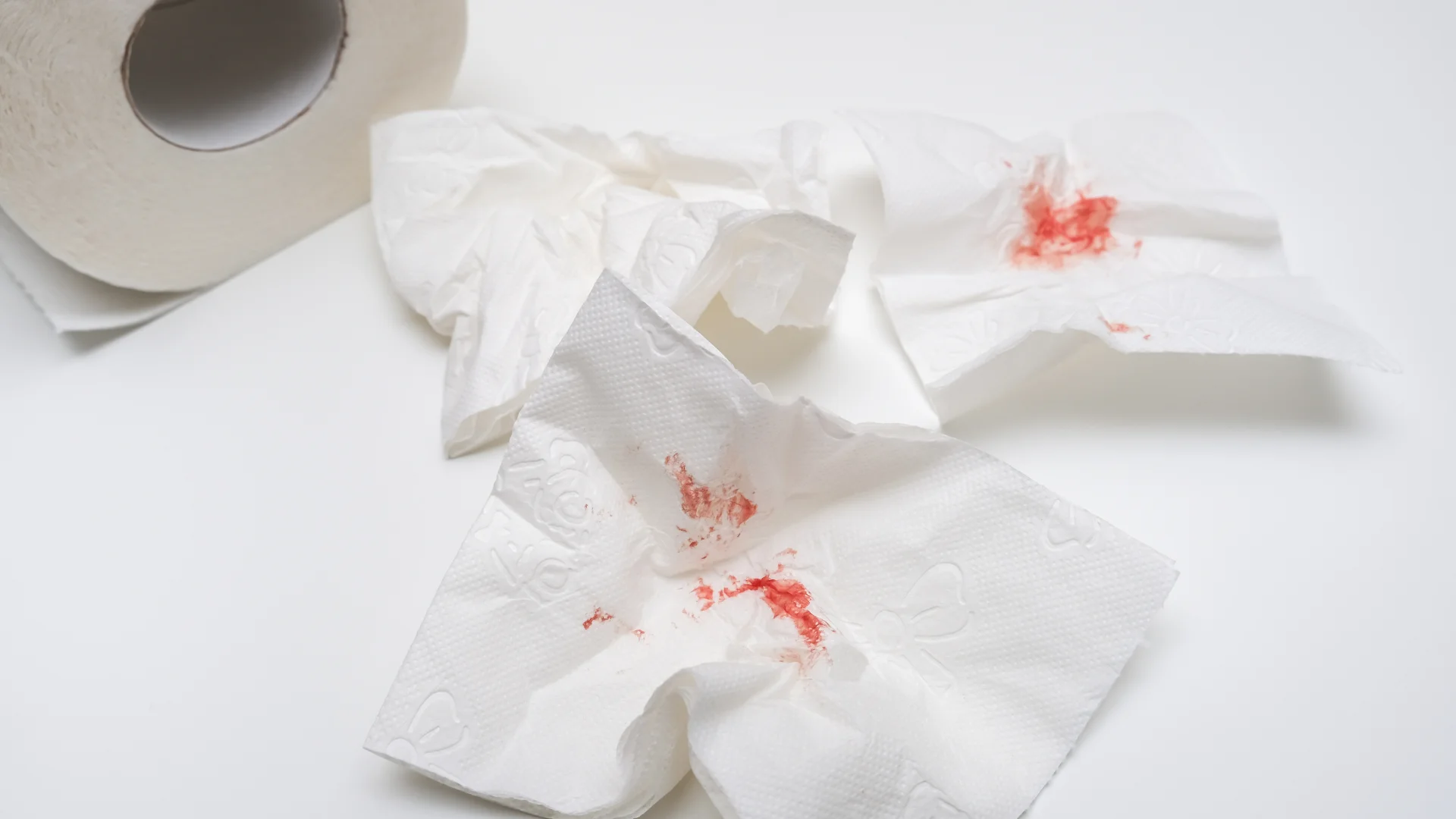
Understanding Perianal Fistulas 🩹
Perianal fistulas are abnormal channels that develop between the end of the rectum or anal canal and the surrounding skin. These small tunnels can cause discomfort and recurrent infections, making timely treatment essential.
What Are the Symptoms of Perianal Fistulas? 🔍
Common signs of a perianal fistula include:
How Are Perianal Fistulas Treated? 💊
The most effective treatment for perianal fistulas is surgical intervention, but other options may be explored depending on the severity and complexity of the condition.
1. Surgical Treatment: 🏥
2. Biological Materials for Healing: In cases where surgery may not be ideal, biologically active materials can be applied directly to the fistula. These substances promote healing and may eliminate the need for surgical intervention.
3. Post-Treatment Care:
Preventing Perianal Fistulas 🛡️
While not all fistulas can be prevented, certain steps can reduce the risk of their formation:
Why Timely Treatment Matters 🌟
If left untreated, perianal fistulas can lead to complications, including damage to the anal sphincter, which may impair bowel control. Early intervention not only ensures better outcomes but also reduces the likelihood of requiring extensive surgical procedures.
If you experience symptoms of a perianal fistula, consult a healthcare professional immediately. With appropriate care, fistulas can be effectively managed and resolved.
🩺 Explore out our Check-Up Programs!
DISCLAIMER: The information presented on this page has been intentionally condensed and simplified to make it accessible and easier to understand for the general audience. Its purpose is solely to provide basic awareness and education on the topic discussed. It is important to note that this content is not exhaustive and does not replace or serve as a substitute for professional medical advice, diagnosis, or treatment. Readers are strongly advised to seek consultations with qualified healthcare professionals or specialists for accurate assessment, personalized guidance, and appropriate medical care. Relying solely on the information provided here, without professional oversight, may lead to misunderstandings or inadequate treatment.
Privacy policy
Copyright ©2025 Klinika Kajo. Designed By Vizional